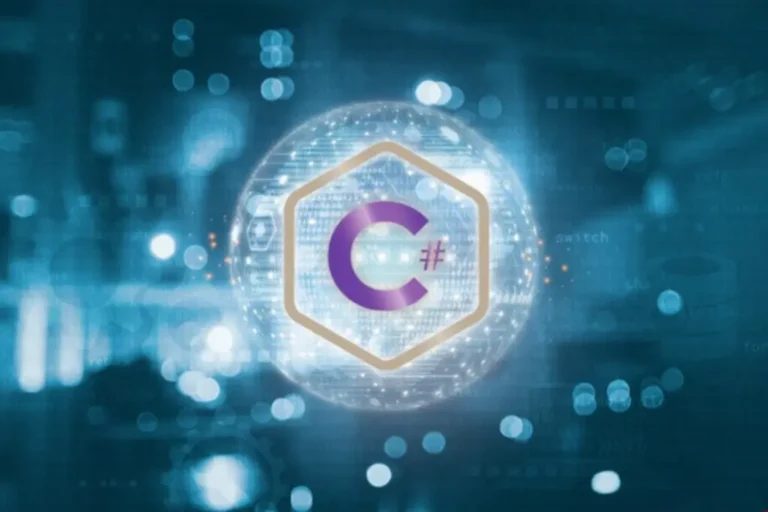For example, by stemming words like “working,” “runners,” and “ran” to their base kind “run,” search engines can make sure that related content is retrieved regardless of the specific word type used within the search question. NLP algorithms bear in mind not only the person words but also how they work together within the search query. By deciphering the relationships and connections between these words, the algorithm can precisely decide the person’s intent and supply related search outcomes.
This shift is crucial as customers increasingly anticipate search engines to understand their intent, not just their words. Not surprisingly, deep learning algorithms have achieved significant improvement within the recognition of focused SLR data components. CRF fashions, which were widely-adopted basic machine studying models before the rise of deep learning, weren’t in a position to provide comparable efficiency on a majority of SLR knowledge components. In addition, although BERT-based models have achieved improved efficiency on many NLP tasks in contrast with standard deep studying fashions (e.g., LSTM), we’ve not noticed improvement on our three duties.
- Based Mostly on the data of the two earlier evaluation steps and grammars, complete sentences could be analyzed.
- For example, a seek for “how to build a powerful team” can return results that talk about management, teamwork, and administration, even though none of these terms instantly seem within the question.
- AI analyzes visual content, acknowledges objects, and supplies info or matches.
- LLMs and GPT-3 can be used to generate high-quality, relevant content material that’s optimized for particular keywords and phrases.
Ranking And Relevance Scoring
Conventional search depends on matching keywords in queries with listed content which frequently leads to irrelevant outcomes for obscure or complicated queries. AI-powered search makes use of NLP to know the intent and context behind queries. It allows customers to go looking in conversational language which makes the process extra pure.

These kinds of processing can include tasks like normalization, spelling correction, or stemming, every of which we’ll take a glance at in more element. This functionality opens the door to hyper-personalized search experiences tailor-made to consumer feelings. Search engines like Google and Bing use NLP to translate queries and deliver ends in real-time, making info accessible globally. Imagine a search engine that holds a full conversation, answering follow-up questions seamlessly. This makes searches more intuitive, particularly for advanced or vague queries. In Accordance to the 2024 State of Ecommerce Search & Product Discovery Survey, practically 70% of buyers think the search perform on retail websites needs an upgrade.
Pure Language For Content Material
The time and value required for completing an SLR negatively influence the timeliness of SLR results3. The main steps required to conduct an SLR embody defining the analysis questions, screening articles, extracting information elements, assessing the chance of bias and quality of the work, analyzing data, etc4. Consequently, automation of any of these steps presents a chance for improvement. Beforehand we developed machine studying models to routinely establish related publications based mostly on given inclusion and exclusion criteria5. AI-powered search engines are revolutionizing how businesses interact with data and clients. As An Alternative of merely displaying a list of results based on keywords, these superior techniques understand context, predict user wants, and provide exact, meaningful answers.
Looking Out for product numbers, error codes, or account numbers isn’t attainable with neural search approaches. The hardware necessities of neural search approaches are no less than an order of magnitude greater than these of classical search engine know-how. In contrast to traditional search engine know-how, it is not potential to predict which content material will be discovered with a search query. The explainability of particular person search results is also significantly worse. Like all deep studying approaches, their habits largely eludes human evaluation (black box).
Use AI instruments to refine your writing, boost relevance, and stay ahead in search rankings. AI-powered search (SGE) is giving users info instantly, reducing the necessity to click on websites. Most folks chase high-volume keywords, but the actual SEO hack is focusing on low or zero-search quantity keywords before they turn out to be popular. BERT (Bidirectional Encoder Representations from Transformers) takes this additional by understanding the relationships between all words in a sentence, helping Google grasp the complete that means.

Following are the steps involved in NLS which enables the search system to interpret and reply to consumer queries phrased in everyday language. With the rise of digital assistants like Siri, Alexa, and Google Assistant, voice search has turn out to be a dominant mode of interplay. Voice queries are usually more conversational, often phrased in natural language as if talking to another person. Even including newer search applied sciences using photographs and audio, the vast, overwhelming majority of searches happen with textual content. To get the proper outcomes, it’s essential to ensure the search is processing and understanding both the query and the paperwork.
Machine Studying Developments
Conventional search engines like google and AI-powered ones function on utterly totally different ranges. AI processes large volumes of data in moments, adapts to consumer habits, and refines its outcomes with every interaction. This transformation is Natural Language Processing (NLP), the expertise that allows search engines like google and yahoo https://www.globalcloudteam.com/ to understand and reply in ways that feel pure and clear.

The task of a search engine, namely mapping search queries to paperwork, may be accomplished completely based on embeddings. This approach, also referred to as neural search, might fully substitute classical search engine know-how where documents and search queries are represented as units of words (bag-of-words). Neural search approaches are much less susceptible to the vocabulary mismatch drawback (describing the same issues with different words), because their representations are to some extent impartial of the particular words used. Classical search engine expertise relies on word normalizations and thesauri for handling vocabulary mismatch. One Other benefit of Neural Search is that embeddings for larger textual content items like sentences also contain sure semantic relations. A sentence and its negation can have very totally different embedding representations.
This course of involves five key steps, including tokenization, syntax evaluation, entity recognition, intent matching, and machine studying developments. Search engines don’t merely match keywords; they understand language just like ai trust humans. Natural Language Processing (NLP) enables Google to break down, analyze, and interpret search queries to ship probably the most related results.
We use text normalization to do away with this requirement in order that natural language processing examples the text will be in a standard format no matter the place it’s coming from. Nonetheless, moral considerations—like balancing personalization with privacy and making certain fairness in results—will form this future. At the tip of the day, the combined advantages equate to a better chance of site visitors and end users contributing to the metrics that matter most to your ecommerce business.
